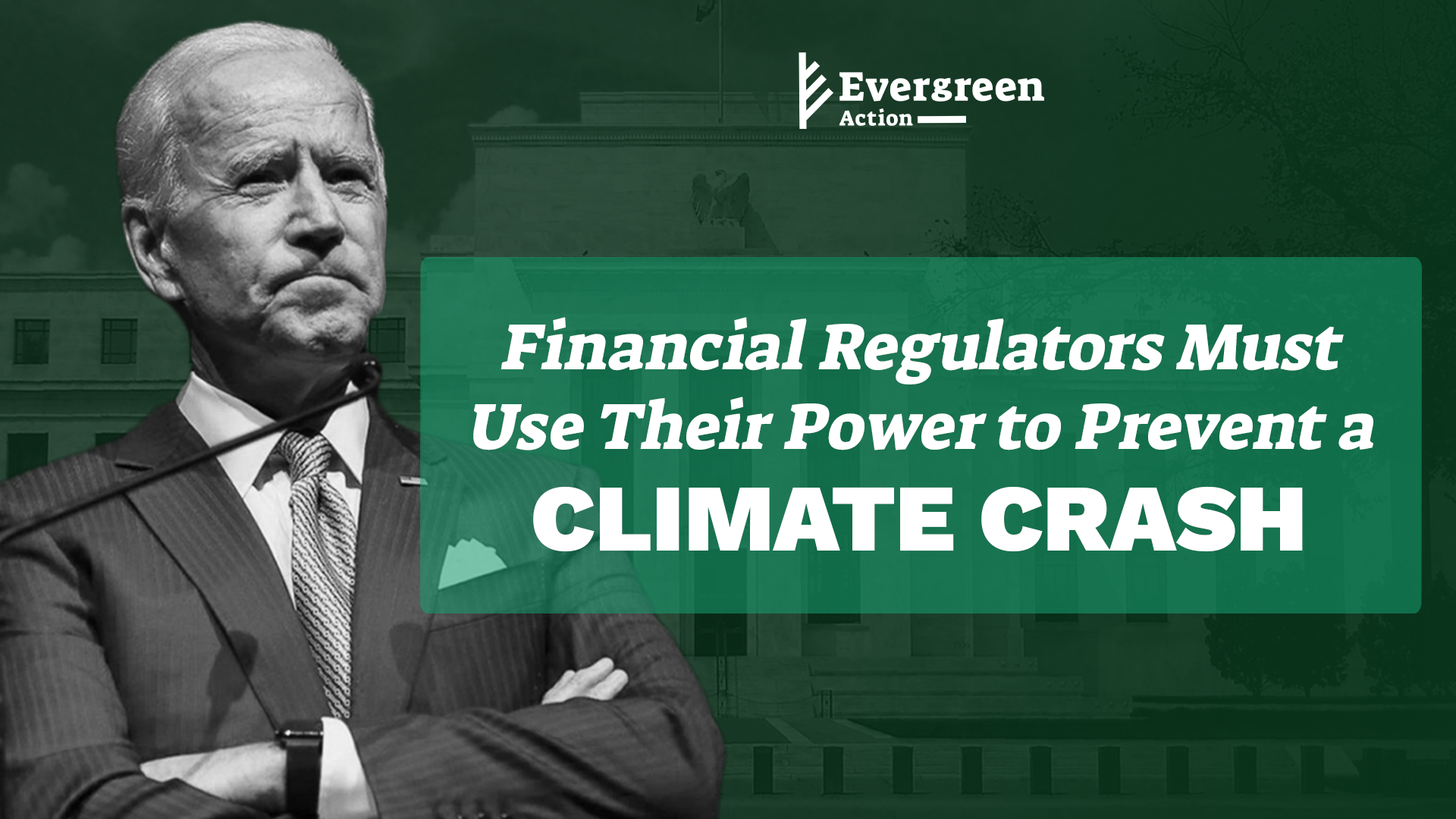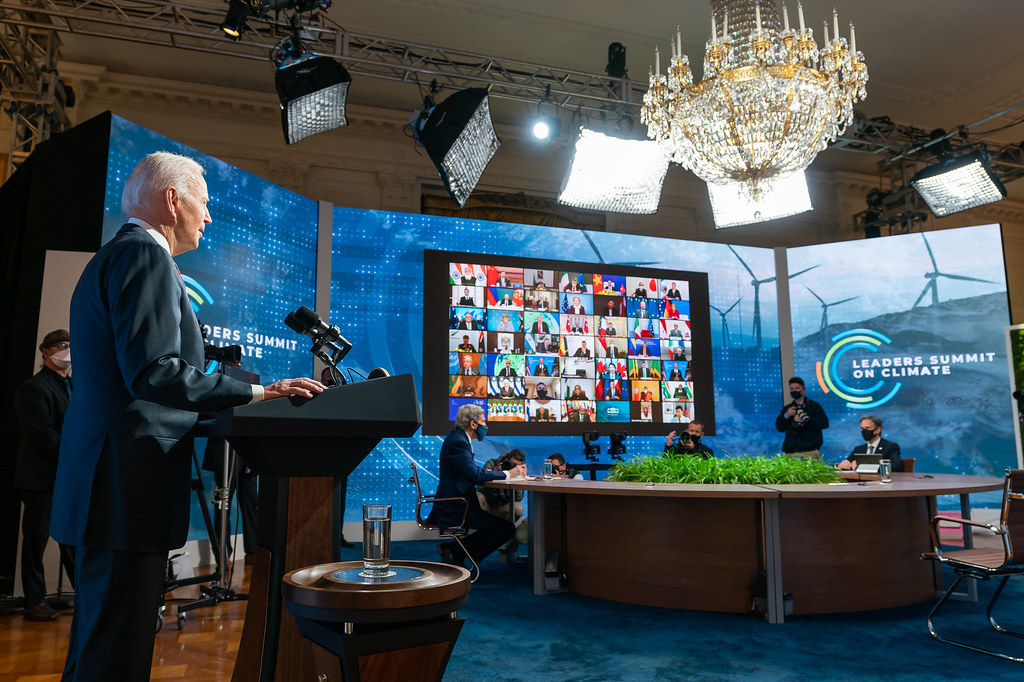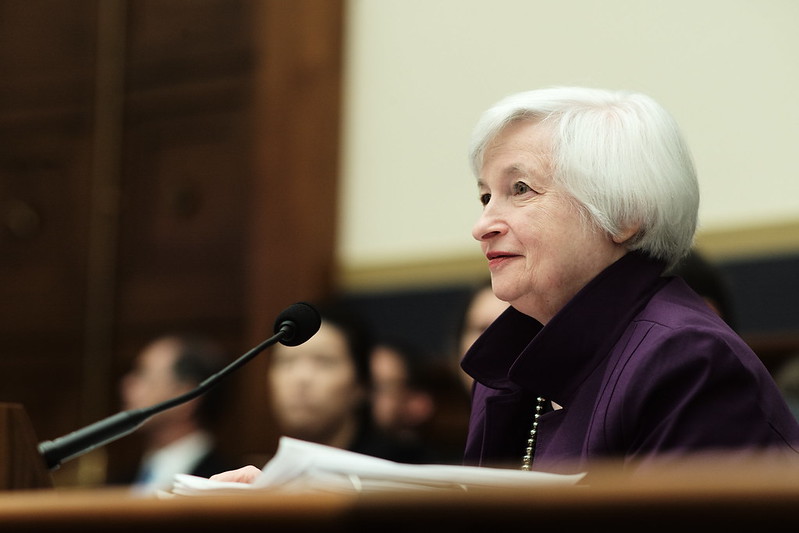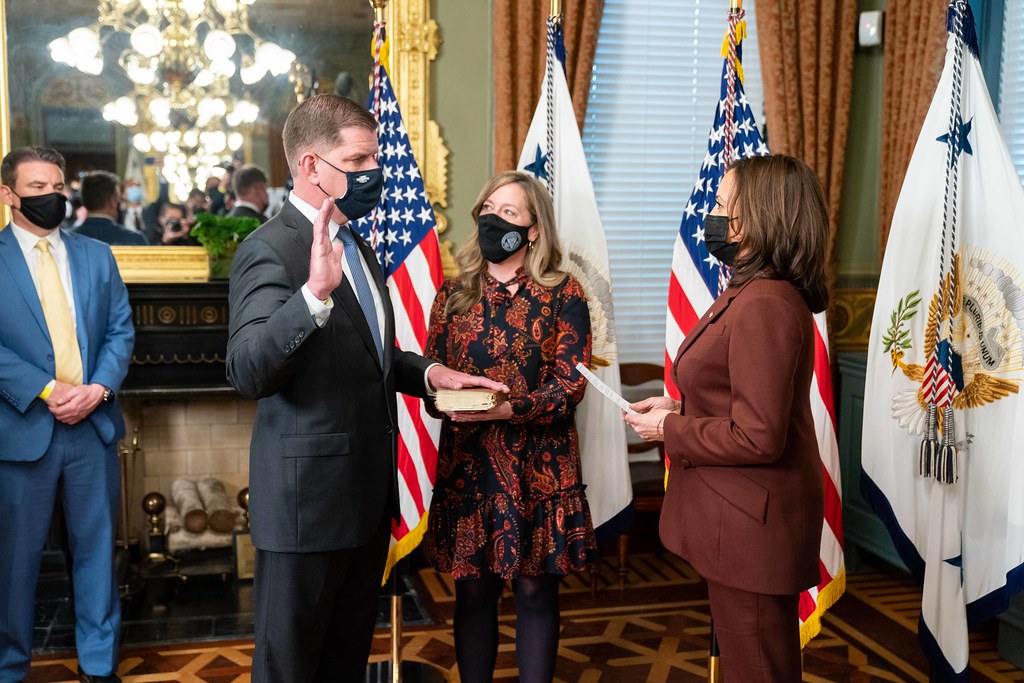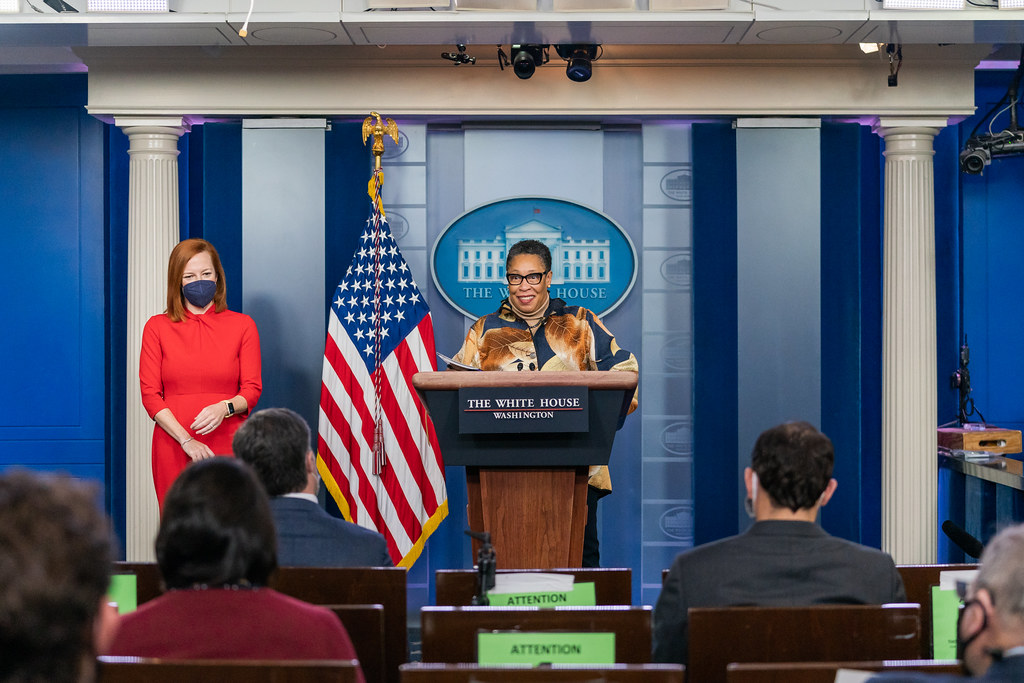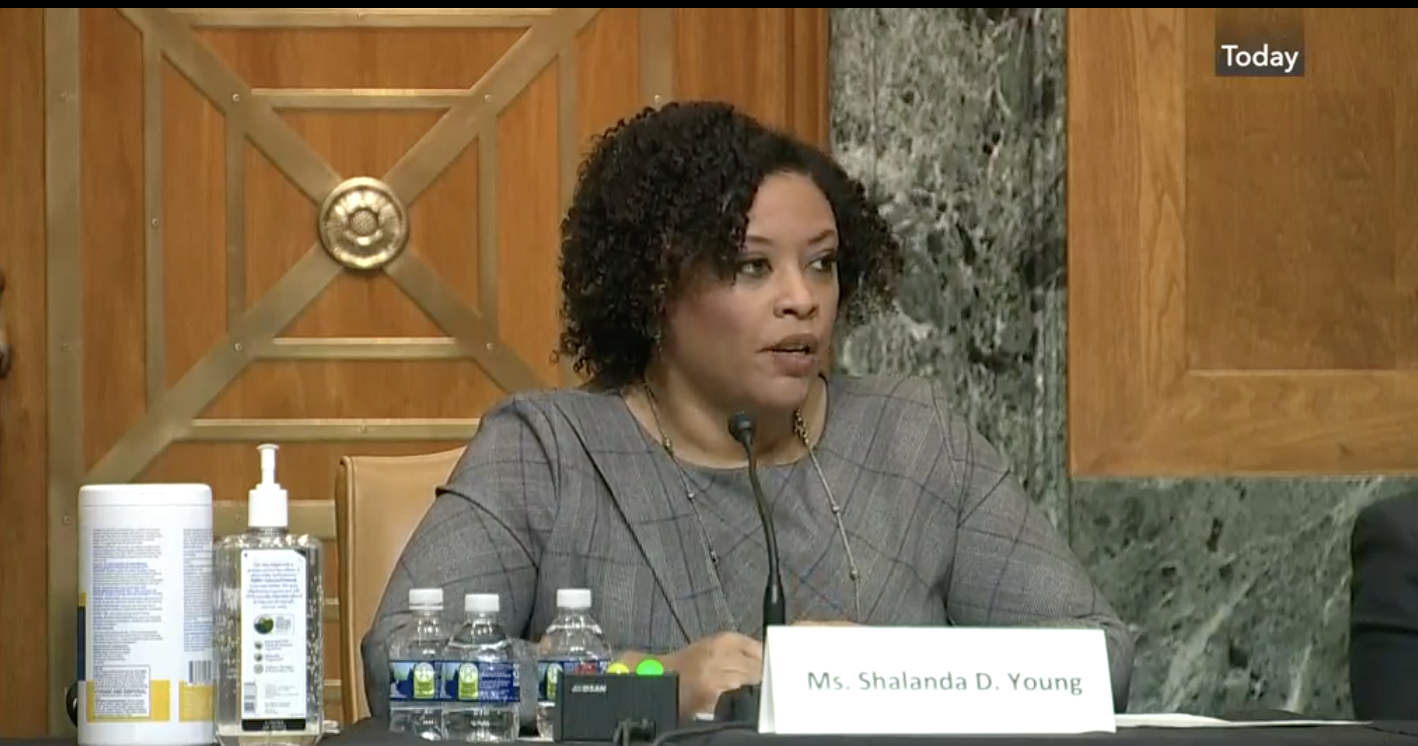Climate change poses a huge risk to the stability of our financial system, and our entire economy—as Evergreen detailed in our latest climate finance explainer. Fortunately, President Biden has recognized this risk, and in May issued an Executive Order on “Climate-Related Financial Risk” (hereinafter, “EO”). In that EO, the President stated that it is the policy of his government to act to “mitigate [climate-related financial] risk and its drivers,” as part of his Administration’s all-of-government approach to addressing the climate crisis. The EO directs several federal actors to issue reports and recommendations on how, precisely, to do that.
By including the “drivers” of climate change in the Executive Order’s directives, President Biden has made it clear that agencies can’t just tinker with assessments and disclosure —steps that provide greater information and transparency on banks’ climate risks. Federal financial regulators must address what is creating that risk head-on, including by driving down the financing of fossil fuels.
Now, agencies are crafting the path forward. The EO outlines a wide range of opportunities for federal regulators and the White House to act—the Administration should now seize all of these opportunities. Each section of the EO, and the opportunities presented within, are explained below.
